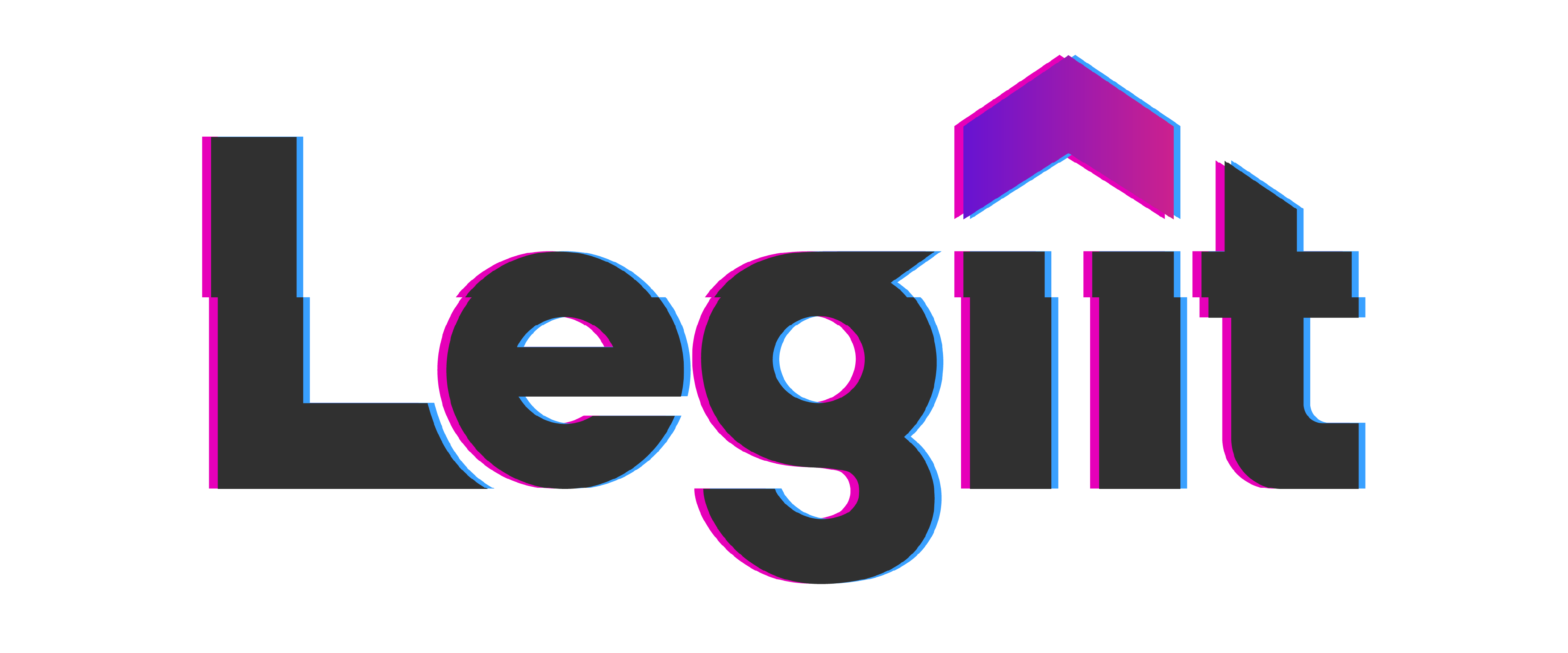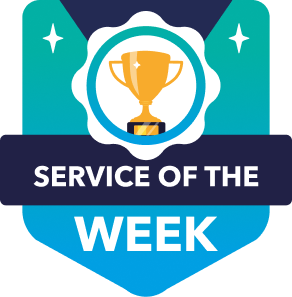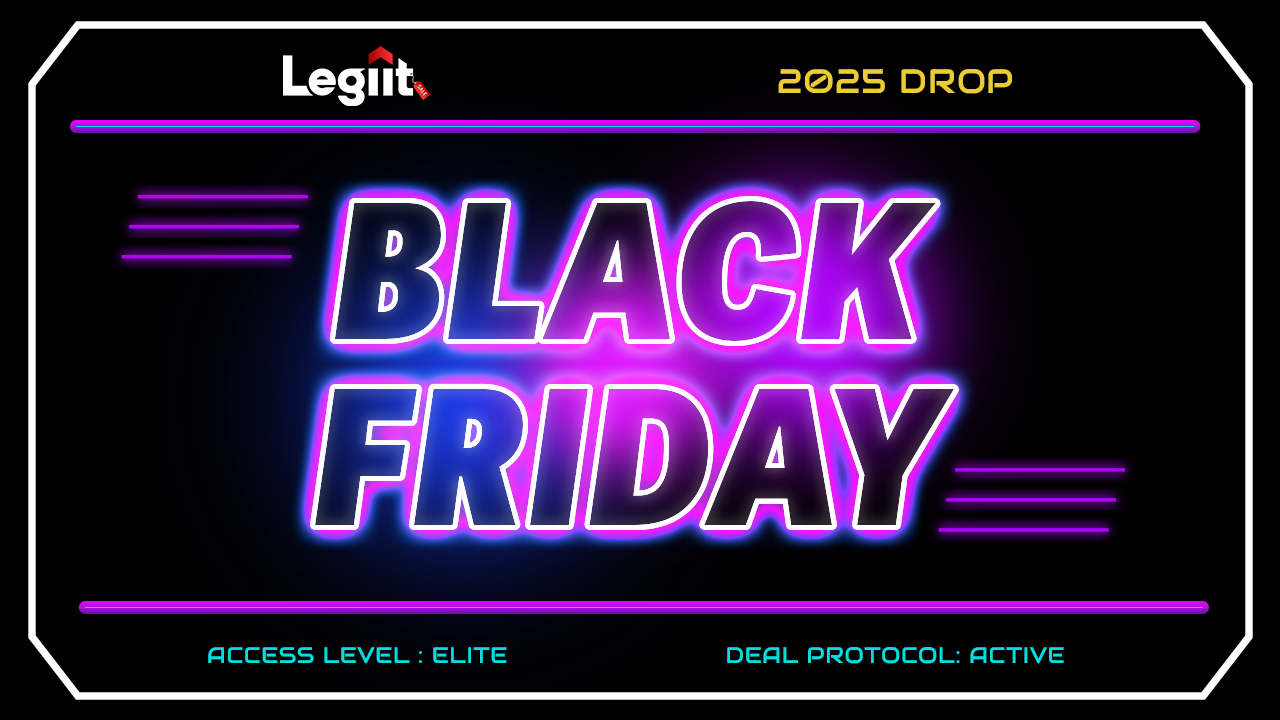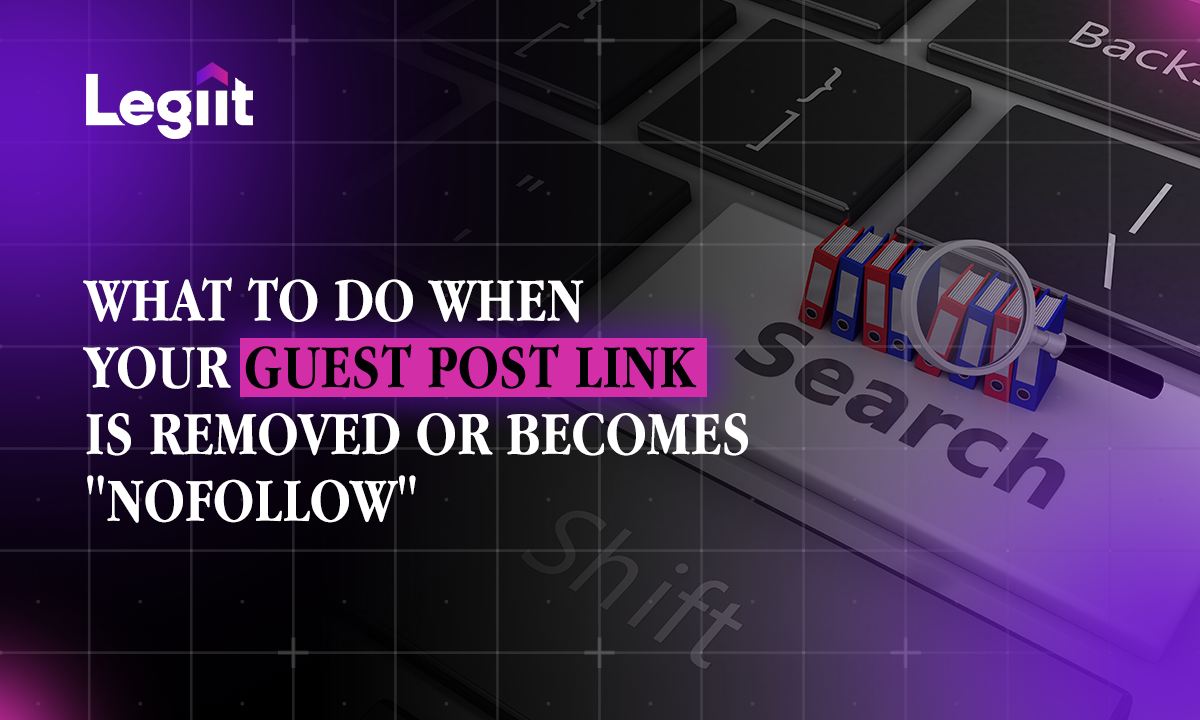Links from other websites are arguably the most important ranking factors Google and others use to evaluate where websites should appear on search engine results pages (SERPs).
But search engines also know that some link building can be manipulative. This is why Google rolls out algorithm updates regularly: to catch websites that try to game the system by building spammy links to boost their authority artificially.
So, if you want to grow and sustain your Google rankings, if not grow them even further, you must learn how to build natural and organic links.
This article explores what this organic link building type is and how to build them for your website to boost your organic rankings. Let's get started!
What Is a Natural Link?
A natural link is a link that your website acquires organically, without direct intervention, such as requesting it or offering something in return. It typically occurs when other websites acknowledge the quality and value of your content and choose to link to it on their own.
When you focus on organic link building, you're naturally growing your site's link profile, leading to a more robust and diverse network of backlinks. This, in turn, signals to search engines like Google that your website is a valuable resource worthy of being ranked higher in search results.
What Is An Example of a Natural Link?
You wouldn't know your site has natural links unless you browsed at your link profile, only to be surprised by the quality of websites linking back to you. Use a backlink checker tool like Ahrefs to browse through your site's referring domains and filter the results based on their Domain Rating (DR) and traffic. The higher the DR and referral traffic from search engines are, the more authoritative the website is.

Of course, you'll only have links from high Domain Authority websites if you have pages on your sites that site owners would want to link out to. We'll find out later what these pages and content types are so you can replicate them on your website.
How Do You Make a Natural Link?
You don't really "make" a natural link since it's not up to you whether you'll get a link from a website.
As the name suggests, you earn natural links because site owners and publishers took it upon themselves to link to your content. After all, it provides value to their readers. In other words, they linked to your content without any monetary compensation--that speaks volumes about the kind of content your site has!
The better question to ask is how to acquire natural links. In this case, you need to create content websites want to link to. And to do this, you need to define who your link prospects are. These are sites relevant to your niche, have high DR and organic traffic, and offer dofollow backlinks on their site. Narrowing your prospects enables you to create content that resonates with their audience, making them want to link to your content.
If you haven't created content that attracted natural links before, get inspiration from similar sites that have. Identify who your top competitors are on search engines and check out pages they've created that generated the most backlinks. From here, replicate the content and make a much better version of your site.

7 Natural Link Building Strategies
Now that we've looked at how to acquire natural links, it's time to dig deeper by looking at the exact techniques and strategies you should implement as part of your SEO campaignto get more of these natural links.
Keep in mind that natural links are all about incentivizing publishers and site owners to link to your site. So, expect more suggestions here to create different content types to provide value to your audience. Let's begin.
Content Marketing
This marketing type is an ongoing initiative to grow your brand's online visibility and presence through content. That means you're creating as much content as possible about your topic and ranking on search engines, sharing on social media, sending to your email subscribers, and more.
Content marketing concerns itself with creating content that allows people from different stages in your sales funnel to turn your target audience into clients ultimately. There are three stages in the sale funnel and type of content you need to create for each:
- ToFu (top of the funnel) - Informational content that introduces your business to your target audience.
- MoFu (middle of the funnel) - Commercial content designed to convince readers to learn more about your product.
- BoFu (bottom of the funnel) - Commercial/transactional content to encourage people to try out your products and services.
By creating different content types that cater to these stages in your sales funnel (whether blog posts, videos, audio content, or everything in between), you should be able to convert your website visitors into loyal customers.
So where does website link building factor into all of this?
Your content marketing efforts should go back to the word "value." While the goal of providing your audience with valuable content is to increase revenue, you can also expect a few backlinks along the way, especially if the pages appear on top of SERPs for their keywords. It ultimately depends on the content quality, and whether it provides users with actual information they can use.
A great example of content marketing is Hubspot. They have tons of content that covers their SaaS product and provide people with general marketing knowledge. A quick look at its pages with the most links shows that its informational content is the one that got the most backlinks.

Guest Blogging
This link building technique remains one of the most effective ways to earn a backlink from site owners. In a nutshell, you provide them with well-written content to be published on their websites. Within the content, you link to your website, which becomes a backlink once they set your guest blog post to go live. It's a win-win for both parties!
At the same time, guest blogging's barrier of entry has increased through the years. Securing free guest posting gigs is much harder since most sites now ask for a fee to publish your content. And even if they do accept your content, it could take time before they publish it on the site due to the backlog in their content calendar.
But when done correctly, you should still be able to convince some site owners to accept your guest post proposal and provide them with content with a link back to your site.
The key here is "proposal." Since guest posting requires you to send a proposal, you need to make a good first impression on site owners for them to accept your content.
Below are tips you must observe in your first email to them:
- Send email using a branded email address, i.e., not Gmail.
- Introduce yourself properly and tell them why they should accept your guest posts (share examples of previous guest posts).
- Prepare at least three topics that haven't been covered on the site before that you want to write for it (try to include search volume and KD of the topic).
- Add your signature at the bottom and link to your socials.
Also, consider sending follow-up emails in case they forget to reply. Use tools like Mailshake or Buzzstream to automate the sending process and focus on other important business tasks.
Pillow Links
Pillow links are natural-looking backlinks created on various web properties like social media, forums, and profile pages to diversify your natural link profile. These links provide a cushion to your SEO link profile and help build trust with search engines.

Examples of pillow links are from social media profiles (Facebook, Twitter, Instagram, etc.), web 2.0 (WordPress.com, Medium, etc.), and niche-specific forum profiles.
Unlike other sites where you can build links, pillow links make sense to create for your site. You're not gaming search algorithms this way since most links you'll build here have a nofollow attribute. If anything, they help you create
The easiest way to build pillow links is to go to Namechk and run your brand or domain name on the search bar. Then load the usernames to see if the name is available for sign-up on which site (indicated by green) or already taken (red).

It shows you a profile creation sites list that you should consider signing up for to build as many pillow links as possible.
Signing up for an account on each website in the profile link building site list makes your link profile look natural and organic in the eyes of Google. This is important if you want to acquire links that will help your website rank on Google for a long time.
10x Content
Another term for Skyscraper Technique, 10x content requires you to find competitor pages with the most links, create a much better version on your site, and contact sites that link out to your competitor sites and link to you instead. It's called as such because it's a type of content that's ten times better than what other sites are showing, making it a no-brainer to link to your site.
When creating 10x content, ensure that SEO is baked into the content. That means researching for the best keyword to optimize the content with and using a tool like Surfer SEO or Frase to include terms and phrases to make the content more tropically relevant for its keyword.

Forum/Community Participation
Like pillow links, forum profile links can help build trust with search engines. Acquiring a link from forums and discussion boards related to your niche and topic helps Google better understand the kind of site you have.

One thing you need to know about getting SEO backlinks from forum profiles is that it takes work. You can't just link back to your website after signing up for an account on a discussion board website. Most of these sites require you to post a certain number of replies before you can unlock features such as adding your link to your profile or a signature with a link to your site at the bottom of your posts.
At the same time, good forum websites are well-moderated. You can't just post replies for the sake of--they need to provide value to the community and be well thought-out for approval. So, in a way, backlinks from form sites serve as a badge of honor in your industry.
Infographics/Visual Assets
People will always gravitate towards visual content that explains complicated concepts easily. This reason is what also makes them great linkable assets.
Not to mention, it's easy to create compelling infographics nowadays. Create a Canva account, choose a template for your infographics, and edit the placeholder text as you see fit. Change the colors, add elements, and make other changes to create a professional infographic like an experienced designer.

After creating the infographic, create a dedicated post and embed it on your website. Then share it on social media or even submit the infographics on submission sites (with a link to where it was originally published) for maximum visibility.
Citations and References
This link type applies to local businesses and is designed to help increase your local search engine ranking, particularly the local 3-pack. They contain your business name, address, and phone number (NAP). Your aim is to create lots of local citations on various local directory sites like Yelp using the same NAP. This helps Google understand your site and showcase the correct information about your business when people search for it online.

Most local SEO service providers do local citations for you. But you can use a tool like Moz Local and enter your NAP there. The results show directory sites with that listing plus a link to your site. If not, you can sign up for your local listing on these sites. You can also type in your old NAP if you have one and see your old listings to update them with your new information.

Frequently Asked Questions
What Is a Natural Link? How Does It Help Your SEO Strategy?
A natural link is a backlink from another site earned organically through quality content creation and outreach rather than paid placements or manipulative tactics. Natural links help SEO because search engines view them as a vote of confidence in the quality of the linked page, boosting its authority in search results. Earning natural links from authoritative sites in your industry is an effective strategy for improving both visibility and trust for your website.
How Does Natural Link Building Differ from Other Link Building Strategies?
Natural link building differs from other strategies because it focuses on creating valuable and high-quality content and developing genuine relationships with site owners. The goal of natural link building is to attract links the same organic way search engines and users would find and want to share your content, not to boost search engine rankings artificially. This makes the links more trusted by search engines over time.
What Types of Content Are Best for Getting Natural Links?
Evergreen content like guides, case studies, and in-depth blog posts work well for natural backlinks as they provide long-lasting value for readers. Content in popular formats like lists, tools/resources, and in-depth reviews of products/services can also attract links because they are shareable and link-worthy.
Conclusion
Building natural backlinks is an effective strategy for boosting a website's visibility, trust, authority, and SEO diversity. Rather than focusing solely on metrics, prioritizing valuable, share-worthy content enables you to create value with your audience and other publishers, leading to high-quality backlinks that search engines favor.
If you're looking for natural link building services, look no further than Legiit's freelancers, who provide you with high-quality content that websites want to link to. From blog posts and Surfer SEO content to infographics, you can get someone to do the heavy lifting for you so you can simply publish them on your website and attract natural links for SEO.














 Download
Download